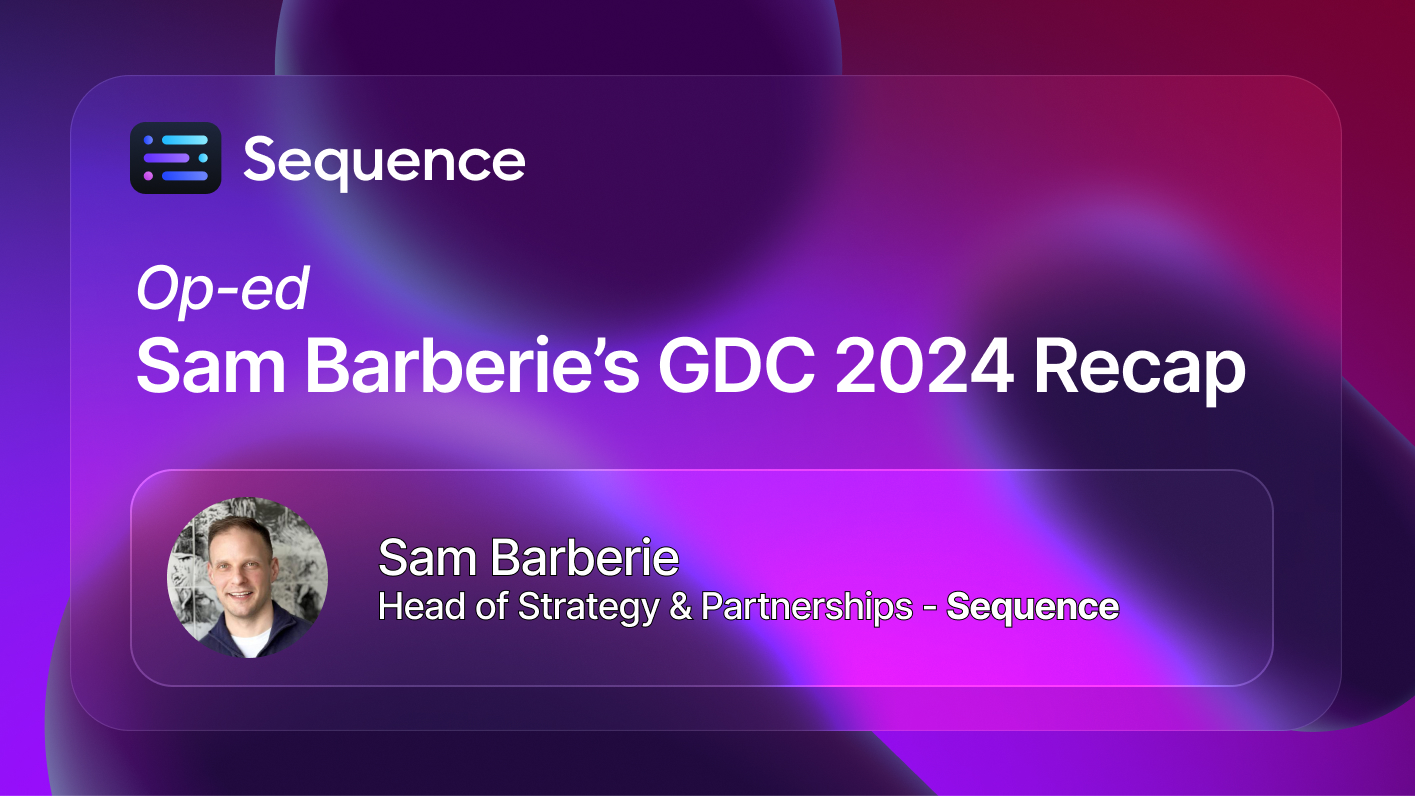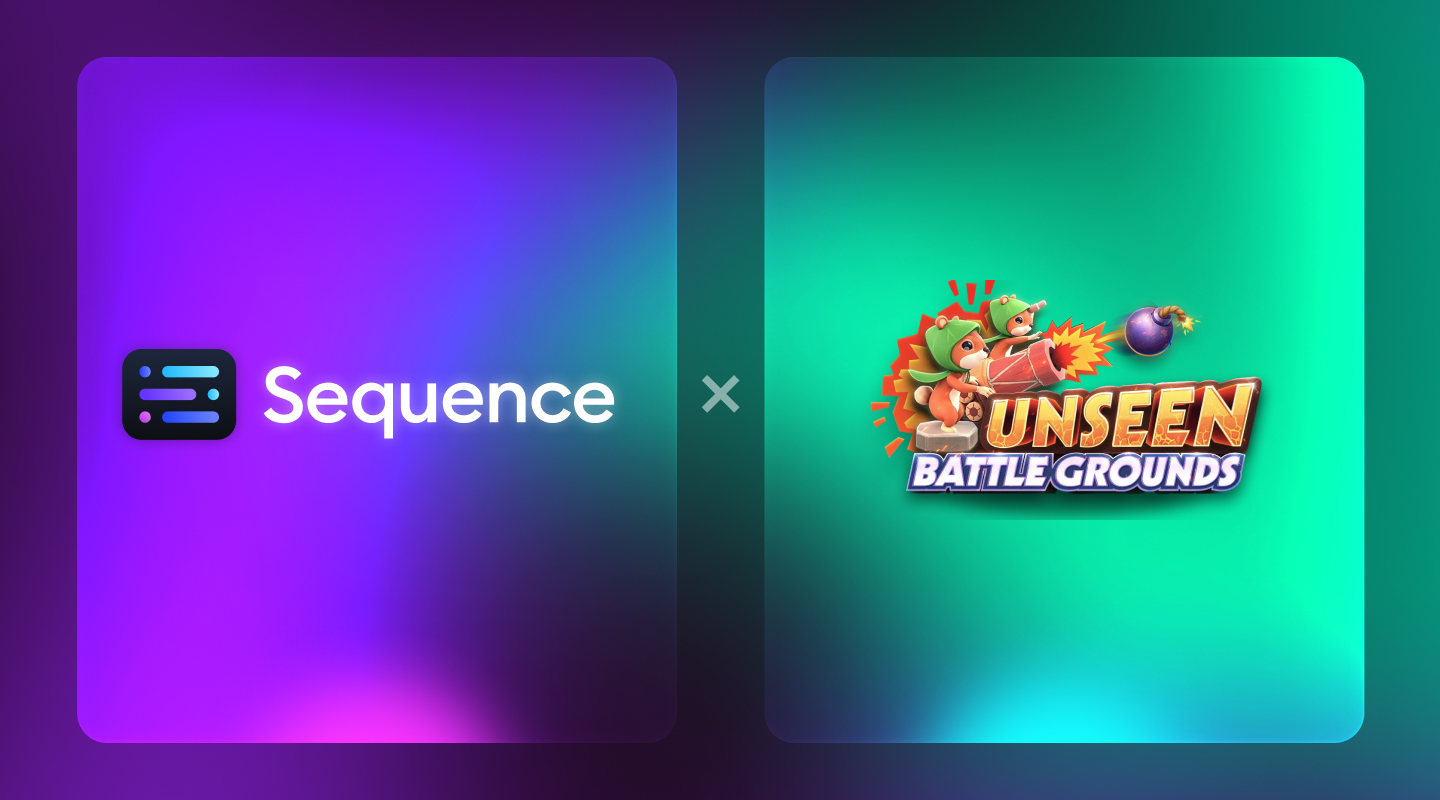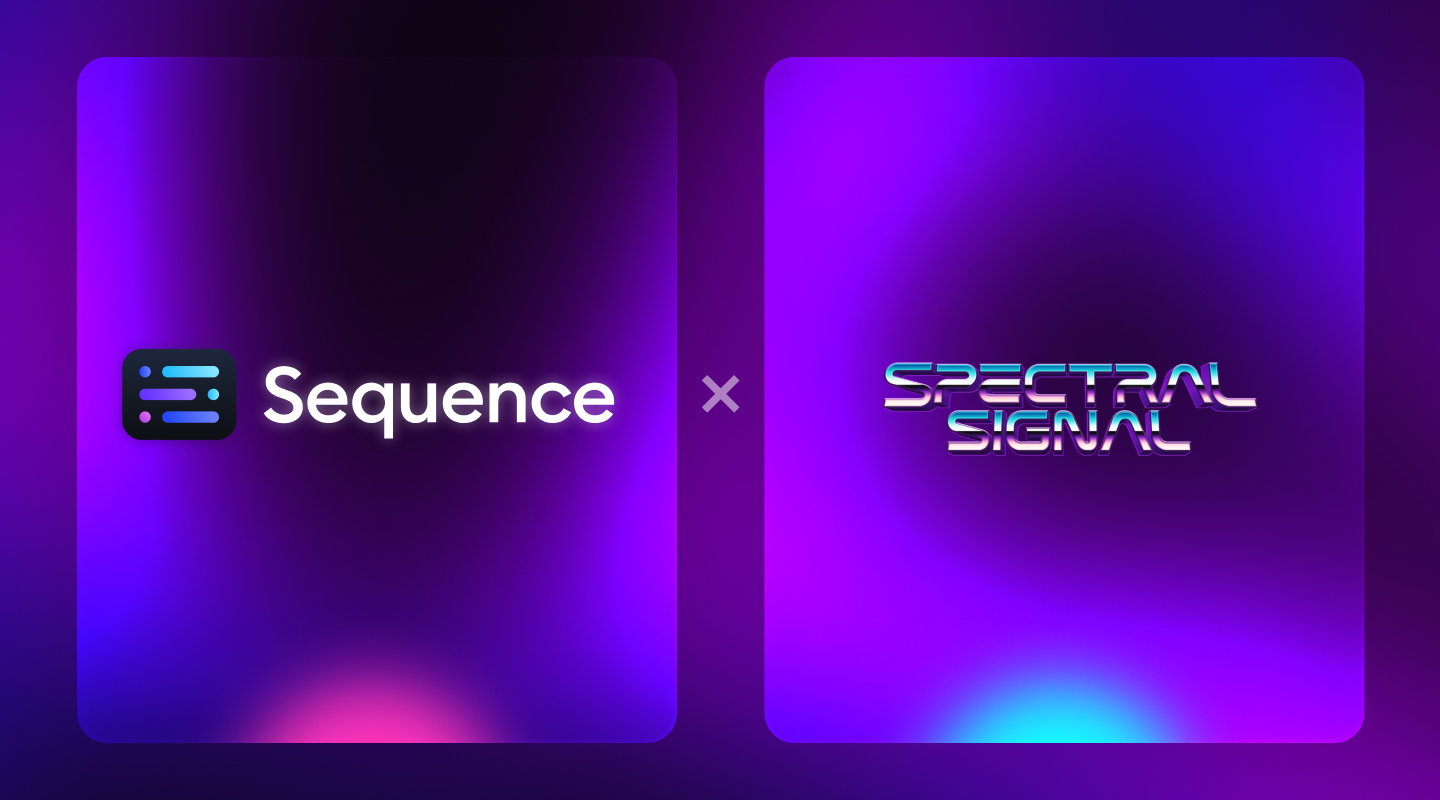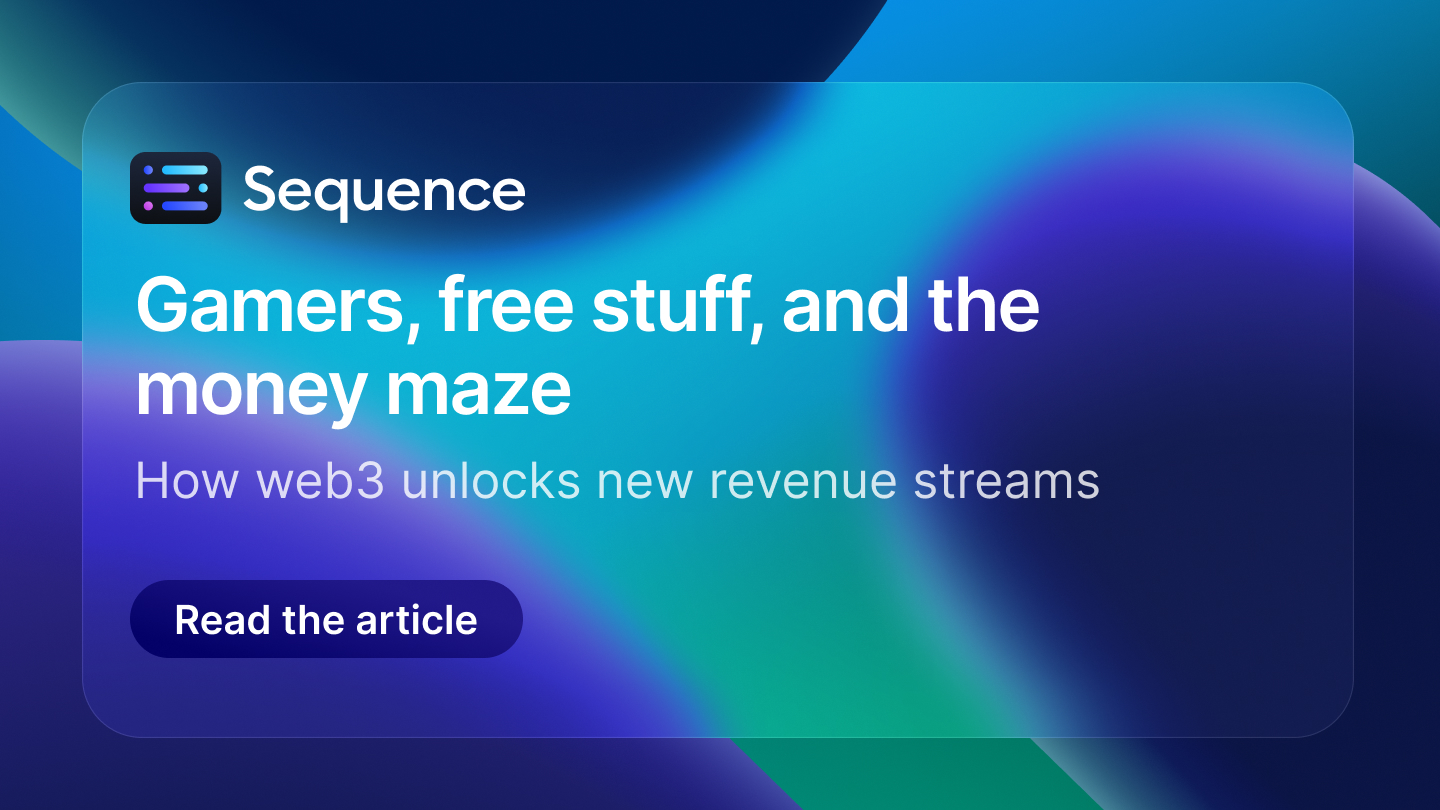
Last week marked 12 years since my first GDC rodeo, and it was probably the best for many reasons. While the traditional gaming world is in a bit of a stagnating turmoil marked by greedy org restructuring/layoffs amongst other issues, there was tremendous energy and positivity and conference attendance was up 7% since 2023. It was also a massive week for us at Sequence, with our major partnership announced with Google Cloud to bring web3 gaming to all of its game partners globally. Here’s what I noticed:
Gaming is at an impasse
I wasn’t outside at the right moment, but the Yerba Buena garden was home to The Scream as frustrated developers, many of whom were let go recently as part of layoffs at the big public game companies, let out a collective, venting yell for solidarity and visibility.
It was a literal cry for help as the industry faces down some monumental issues:
UA costs are up 431% since 2019
Player spend is up only 1% since 2020
>70% of games are unprofitable
But development costs are up 20% since 2020
You do the math:
Costlier to make games, costlier to get players, and the players aren’t spending more money.
At the same time, more games are launching than ever. Steam saw 14,000 games launch in 2023, up from about 12,000 the year before. More slices in a pie that isn’t growing much.
To boot, gamers—especially in F2P—demand live service support and ongoing content, but 68% of developers can’t handle live service games.
Some AAAs have taken this macro trend as their cue to cut staff despite (in many cases) record profits. The macro picture also tells another story, one that is a bit rosier: more people want to make more games. That energy has typically coincided with other seismic shifts in gaming as things like development, distribution, and accessibility improved with better game engines, digital distribution and mobile, and F2P. People are hungry to build great titles, they just need the ability to do it.
AI was front and center
Riding on last year’s funding frenzy, folks like Inworld AI, Scenario, and others made their presence known to developers. AI’s use cases in gaming are obviously varied, and there’s certainly a lot of promise wrapped up in AI’s potential to solve some of the aforementioned problems in development costs. AI can’t build, write, or design a game (yet?) but it can certainly help developers accelerate their time to market and reduce some of the overhead of concept art creation. It can also play an important role in-game and in UGC.
Funding is thawing, but not evenly
There was a lot of funding news last week, but not a ton from traditional gaming. That’s not hard to believe: other than content, there’s nothing new happening, and as I said above, it’s only getting harder to see a return.
Much of the funding news was into web3 game studios, which reflected a number of things:
A maturing of the developers in the space as veteran devs set up shop without the hindrance (or, admittedly, budget or distribution) of their AAA alma maters.
A recognition that developers are hitting milestones and launching or getting to impressive alphas or betas.
An uptick in crypto prices, unlocking capital.
A realization that the performance metrics of web3 games are doing things that web2 games aren’t seeing, namely:
4.5x higher D30 retention
7.2x higher average revenue per user
+20% incremental revenue
Oh and also whales become uber whales
UGC is unavoidable
Epic had a massive presence, much of it around Unreal Engine but just as much around UEFN. As with AI, many developers are looking to user-generated content to address player expectations of more content and live services: put the burden on the community.
That’s a good move, and it’s certainly working for Roblox, Epic, and some other titles. But it’s not being harnessed at scale because of misaligned incentives with creators and logistical challenges (server costs, legal requirements, accounting headaches) that all but the biggest game publishers can’t easily handle. UGC is 100% a massive part of the future of gaming, but it’s not at a point of being able to hockey stick yet.
Web3 wasn’t hyped and wasn’t dismissed
Web3 gaming fell into the bucket that it was always meant to be in at GDC: a reasonable technology that solves problems, not a loathed new fad or an overhyped sham. The number of meetings I had (more to share on that in the future) with the world’s biggest companies on gaming was staggering, and it reflected a turning point in innovative gaming’s future. Publishers and platforms are seeing web3 fitting into their world, and in large part because of all the other topics I mentioned above.
Web3 lets developers lean into AI and UGC, things that offset their rising development costs. It aligns incentives with creators, defrays server costs, handles UGC headaches like money transmitter licenses and revenue sharing. It harnesses AI with provable provenance, collaborative storytelling and world building, and verifiable ownership. It can be used to improve monetization and acquire users in a world of increasing UA costs.
In short, far from being a long-shot salve for all problems or a belittled niche, web3 is coming into its own in the midst of developers who are getting increasingly desperate for something that will spin gaming out of the rut in which it has found itself. It’s a technology that’s proving itself in real time and demonstrating to even the skeptics—gamers and developers alike—that there’s something web3 in the future no matter where they turn for solutions and what’s exciting in gaming.
Some readers will see this summary as self-serving from a web3 gaming exec. But it’s also the perspective from someone who, more than a decade ago, went to GDC shilling digital game data at a time when developers were only just starting to realize that selling $60 boxes at GameStop wasn’t the be all and end all of the industry. History is cyclical.
See you all at the next one!
--- Original article was published here
Sequence is the leading all-in-one development platform for integrating web3 into games. Onboard, monetize, grow, and retain players with Sequence’s award-winning technology. From collectibles and ownable rewards to fully on-chain experiences, Sequence’s easy-to-integrate platform solves blockchain complexities, so developers can focus on creative execution and delivering amazing player experiences. Trusted by hundreds of games and thousands of developers. Sequence is backed by Take-Two Interactive, Ubisoft, Xsolla, Bitkraft, Brevan Howard, Coinbase, Polygon, and more. To learn more, please visit: https://sequence.xyz/
Written by

Sam Barberie
Head of Strategy and PartnershipsRelated posts



